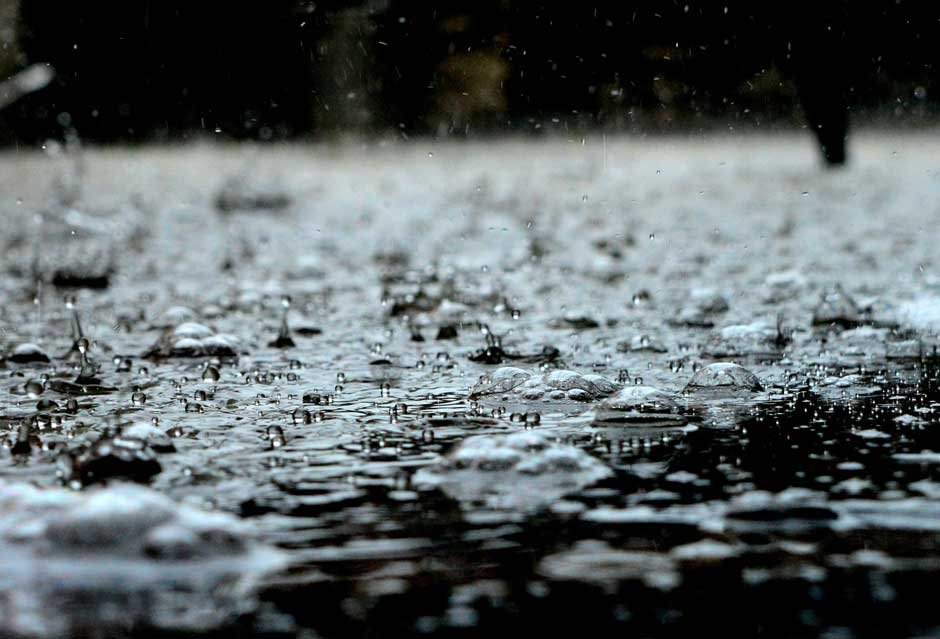Your home is your most valuable investment, and protecting it from the forces of nature is essential to preserving its value and ensuring your family’s safety. From heavy rains and high winds to extreme heat and freezing temperatures, outdoor elements can take a serious toll on your property over time. Fortunately, with proactive maintenance and strategic upgrades, you can significantly reduce the risk of weather-related damage. Here’s how to shield your home from the elements and keep it in top condition year-round.
Contents
Strengthen Your Home’s Exterior
The exterior of your home is its first line of defense against the elements. Siding, brickwork, stucco, and paint all play a role in keeping moisture and pests out. Over time, however, these materials can degrade, crack, or become compromised. Regular inspections are key—look for signs of peeling paint, warped siding, or crumbling mortar.
Repainting with weather-resistant coatings, sealing gaps with caulk, and replacing damaged siding can go a long way in preventing water intrusion and pest infestations. For homes in areas prone to high humidity or storms, consider upgrading to fiber cement or engineered wood siding, which offer enhanced durability and resistance to moisture.
Protect Your Roof and Gutters
Your roof is one of the most vulnerable parts of your home when it comes to weather damage. High winds, hail, and heavy rain can all compromise its integrity. Missing shingles, cracked flashing, or clogged gutters can lead to leaks, mold growth, and even structural damage if left unaddressed.
Routine roof inspections—especially after major storms—can help catch issues early. If your roof is nearing the end of its lifespan or has sustained significant damage, it may be time to consider a roof replacement in Austin or similar areas, where the climate can be particularly harsh on roofing materials. Local professionals can recommend materials that withstand intense sun, wind, and rain, ensuring long-term protection.
Gutters also play a crucial role in directing water away from your home’s foundation. Clean them regularly and ensure downspouts are positioned to carry water at least five feet away from the structure. Installing gutter guards can reduce maintenance and prevent blockages caused by leaves and debris.
Safeguard Windows and Doors
Windows and doors are common entry points for wind, rain, and drafts. Older or poorly sealed units can allow moisture to seep in, leading to rot, mold, and increased energy bills. Inspect seals, weatherstripping, and frames for signs of wear or damage.
Upgrading to impact-resistant windows or storm doors can provide added protection in areas prone to severe weather. Even if a full replacement isn’t in the budget, applying weatherstripping, caulking gaps, and installing storm shutters can significantly improve your home’s resilience.
Manage Landscaping and Drainage
While landscaping enhances curb appeal, it can also pose risks if not properly maintained. Overgrown trees and shrubs can damage siding, roofs, and windows during storms. Roots from large trees can interfere with foundations and underground plumbing.
Trim back branches that hang over your roof or are close to power lines. Ensure that your yard is graded to slope away from the house, which helps prevent water from pooling near the foundation. Installing French drains or dry wells can further improve drainage in areas with poor runoff.
Additionally, consider using native plants and ground covers that are well-suited to your climate. These require less water and maintenance, reducing the risk of erosion and water-related damage.
Prepare for Seasonal Changes
Each season brings its own set of challenges, and preparing your home accordingly can prevent costly repairs. In the fall, clean gutters and inspect your roof before winter storms arrive. In the winter, insulate pipes to prevent freezing and check for drafts around windows and doors.
Spring is a good time to inspect your foundation, siding, and roof for damage caused by ice and snow. Summer heat can be brutal on roofing materials and HVAC systems, so ensure your attic is properly ventilated and your air conditioning unit is serviced.
Creating a seasonal maintenance checklist can help you stay on top of these tasks and catch small issues before they become major problems.
Conclusion
Protecting your home from the elements requires a combination of vigilance, maintenance, and smart upgrades. By reinforcing your home’s exterior, maintaining your roof and gutters, securing windows and doors, managing landscaping, and preparing for seasonal changes, you can significantly reduce the risk of weather-related damage. With a proactive approach, your home will remain a safe, comfortable, and valuable asset for years to come.








